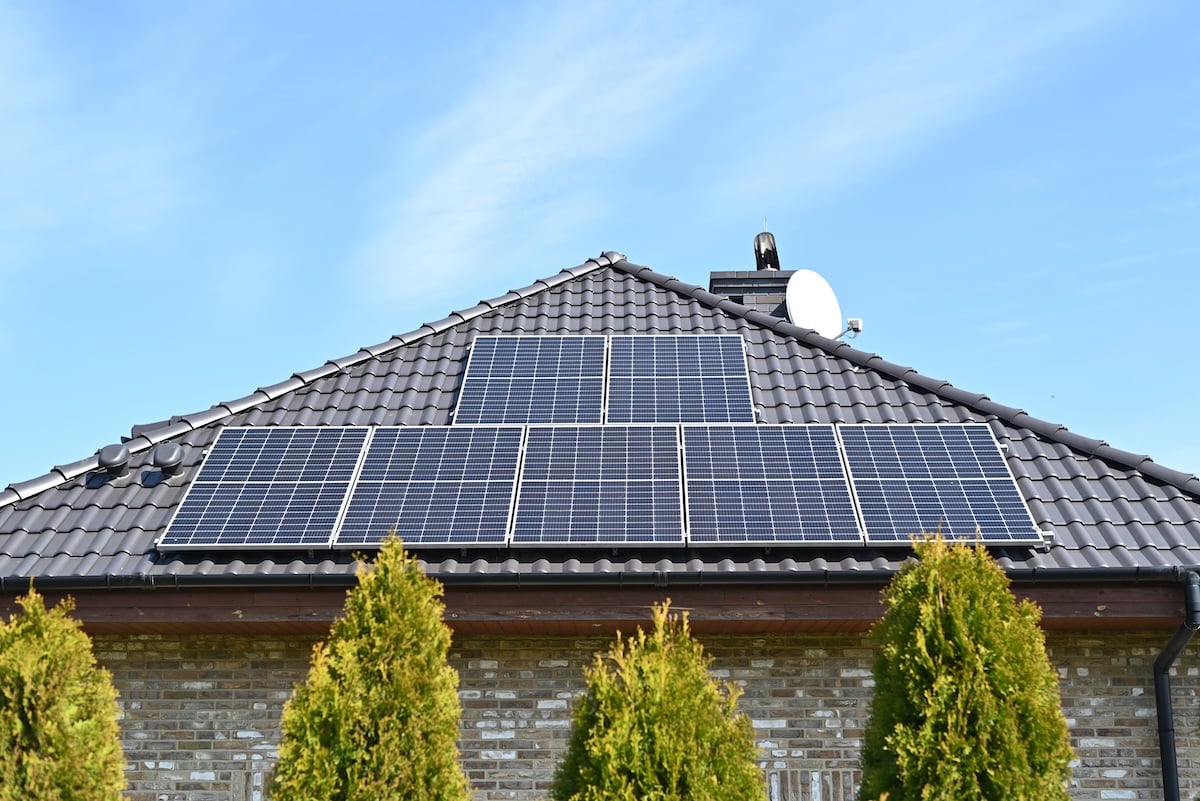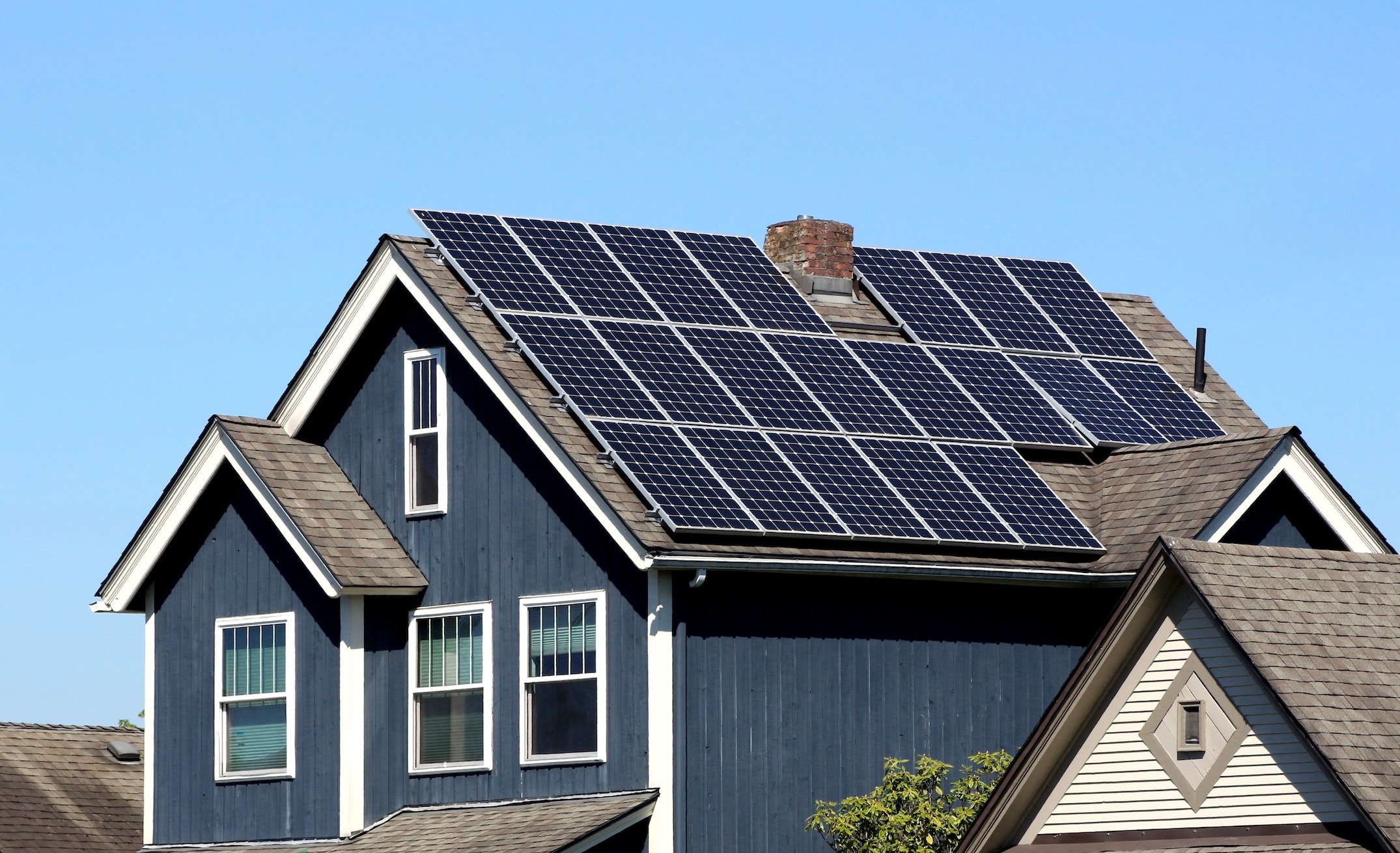How Many Solar Panels Does It Take to Power a House?
5 Min Read
POSTED 07.10.2025
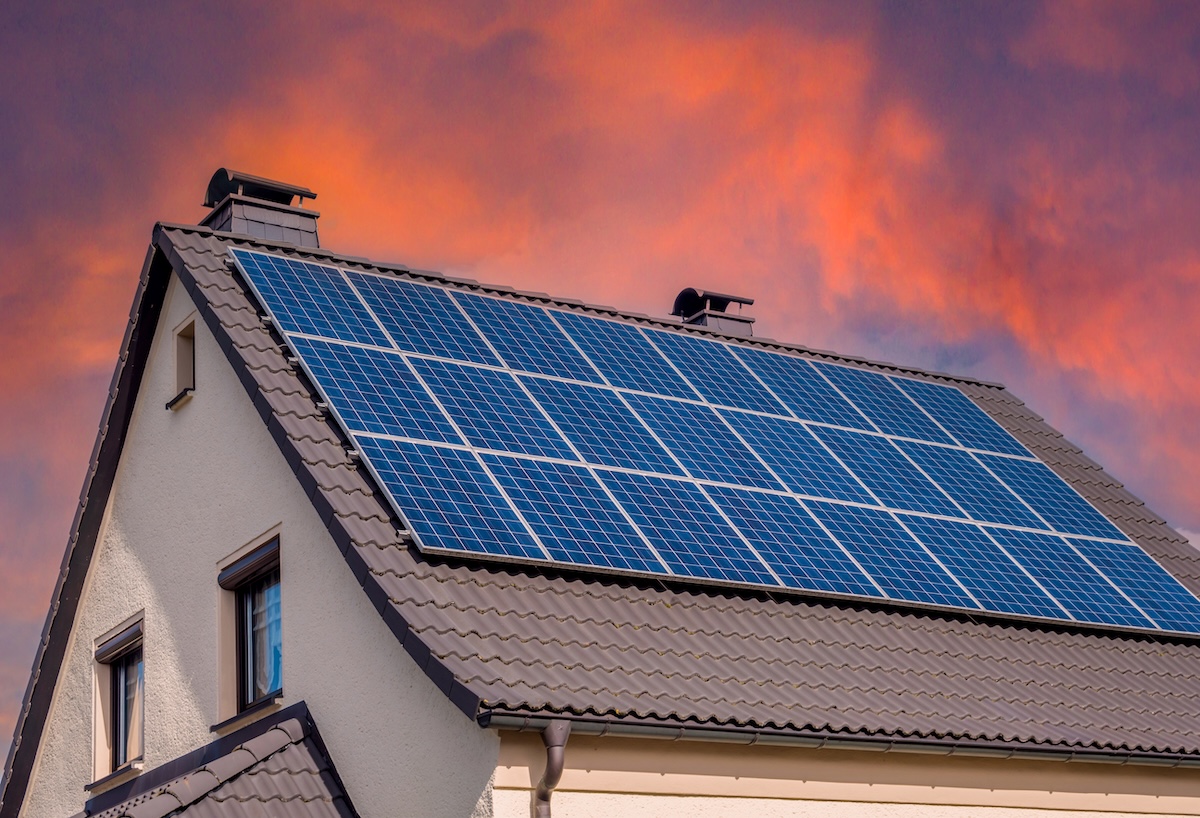
As more homeowners look for ways to cut electricity costs and rely less on utility companies, one question comes up again and again: how many solar panels to power a house. The answer isn’t one-size-fits-all. Your energy needs, location, and even the angle of your roof all play a role in determining the right system size. For anyone exploring renewable energy, understanding the math behind solar panels can help you make a confident decision. To see what installation might look like for your own property, check out these solar solutions.
Here’s what this guide will cover:
- Why calculating panel count is more than just a numbers game
- A breakdown of common household sizes and their typical solar needs
- Regional differences that affect output across the U.S.
- Case study examples to show real-world scenarios
- Costs, long-term value, and what to expect when planning a system
🌞 Why Your Panel Count Matters
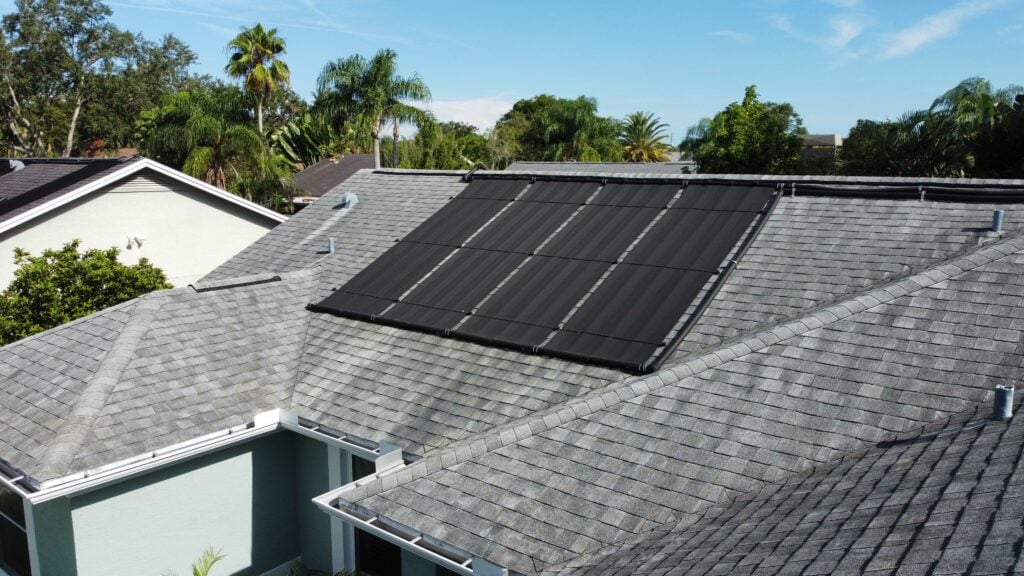
Determining how many solar panels you need is about more than matching numbers—it’s about making sure your system is practical, efficient, and future-proof. Installing too few panels can leave you short on power, while too many may lead to unnecessary costs.
Here’s why the count matters:
- Balanced Investment: Right-sizing helps you avoid overspending while ensuring adequate coverage.
- Day-to-Day Reliability: A properly designed system powers your daily life without unexpected shortfalls.
- Scalability: Planning today makes it easier to expand your system tomorrow if your needs grow.
- Energy Security: When matched to your lifestyle, your system can reduce reliance on the grid.
- Sustainability Goals: Producing the right amount of clean energy ensures you maximize your eco-impact.
📊 How Many Solar Panels to Power a House: Household Size Breakdown
Every home has unique energy demands, but looking at average household sizes offers a helpful starting point. These ranges assume panels in the 350–400W range and 4–5 peak sun hours per day.
- Apartment or Studio (500–1,000 sq. ft.): ~6–10 panels
- Small Home (2-bedroom, 1,000–1,500 sq. ft.): ~12–18 panels
- Medium Home (3-bedroom, 1,500–2,000 sq. ft.): ~20–24 panels
- Large Home (4-bedroom, 2,000–3,000 sq. ft.): ~25–30 panels
- Estate-Size Home (3,000+ sq. ft.): ~30–40 panels or more
These are averages. A small, energy-hungry home with electric heating may need as many panels as a larger but highly efficient home.
🌎 Regional Differences in Solar Output
Where you live can significantly affect how many panels are required to power your home. Sun exposure, seasonal changes, and average weather patterns all come into play.
- Midwest (e.g., Wisconsin, Minnesota): 4–5 peak sun hours daily, requiring more panels for the same output.
- Southwest (e.g., Arizona, Nevada): 6–7 peak sun hours, often fewer panels needed overall.
- Northeast (e.g., New York, Massachusetts): Cloudier conditions, requiring slightly larger systems.
- Southeast (e.g., Florida, Georgia): Strong sunlight but higher humidity and storm risk—storage and backup are crucial.
- Pacific Northwest (e.g., Oregon, Washington): More overcast days, but solar is still viable with higher-efficiency panels.
In short: the same 3-bedroom home could require 20 panels in Phoenix but closer to 28 in Madison to generate equal power.
✅ 5 Steps to Estimate The Number of Solar Panels You’ll Need
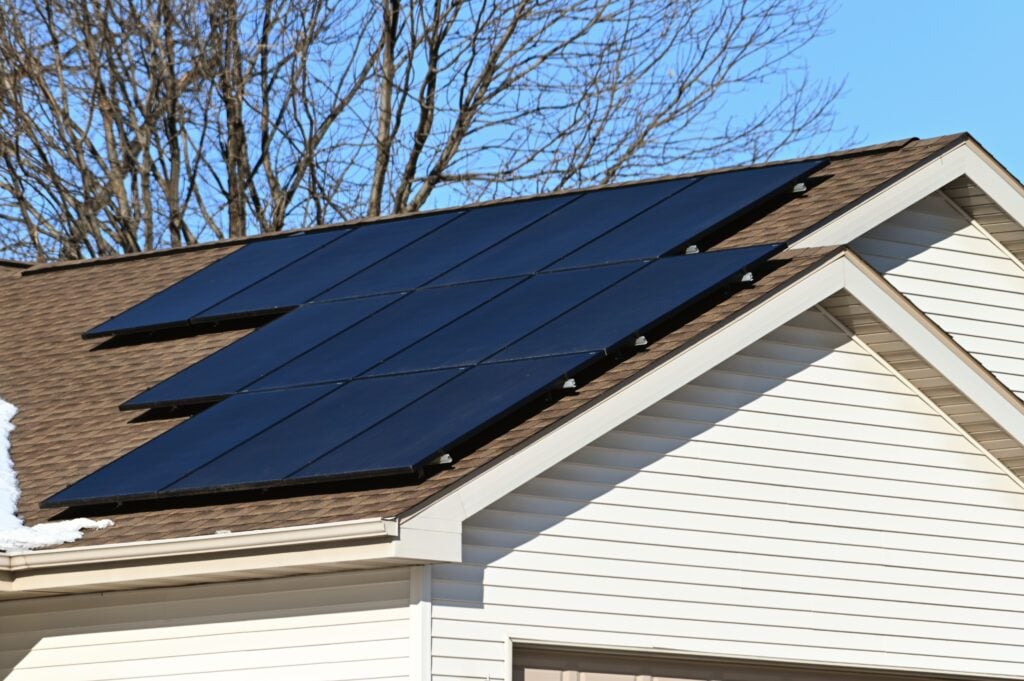
Every homeowner’s situation is different. Here’s a step-by-step framework to calculate your panel count:
1. Review Your Energy Usage
Look at your last 12 months of electricity bills. Most homeowners use between 10,000–11,000 kWh annually, but your usage may differ.
2. Note Your Region’s Sun Hours
Find the average peak sun hours for your location. Divide your annual usage by sun hours to estimate daily production needs.
3. Select Panel Wattage
Panels come in different wattage levels. For example, a 300W panel generates less daily electricity than a 400W panel under the same conditions.
4. Adjust for Roof Space and Orientation
Limited roof space may mean choosing higher-efficiency panels. Roof angle and direction also influence how much power is captured.
5. Factor in Battery Storage or Grid Ties
With batteries, you may want more panels to cover both your immediate use and your storage needs. With grid connection, net metering can help balance your usage.
🏡 Case Studies: Real-World Examples
Sometimes the numbers feel abstract. Here are a few practical scenarios to illustrate how this works:
Case Study 1: Small Family Home in Wisconsin
- Energy use: 9,500 kWh annually
- Location: Madison, 4.5 sun hours/day
- Panels: 24 panels at 350W each
- Outcome: Covers nearly all annual usage, with battery storage added for outage protection.
Case Study 2: Large Home in Arizona
- Energy use: 15,000 kWh annually
- Location: Phoenix, 6.5 sun hours/day
- Panels: 26 panels at 400W each
- Outcome: Provides full energy coverage, even with high AC demand in summer.
Case Study 3: Retired Couple in Oregon
- Energy use: 6,500 kWh annually
- Location: Eugene, 4.2 sun hours/day
- Panels: 18 panels at 370W each
- Outcome: Meets nearly 100% of usage while keeping roof space available for future expansion.
💰 Costs, Value, and What to Expect
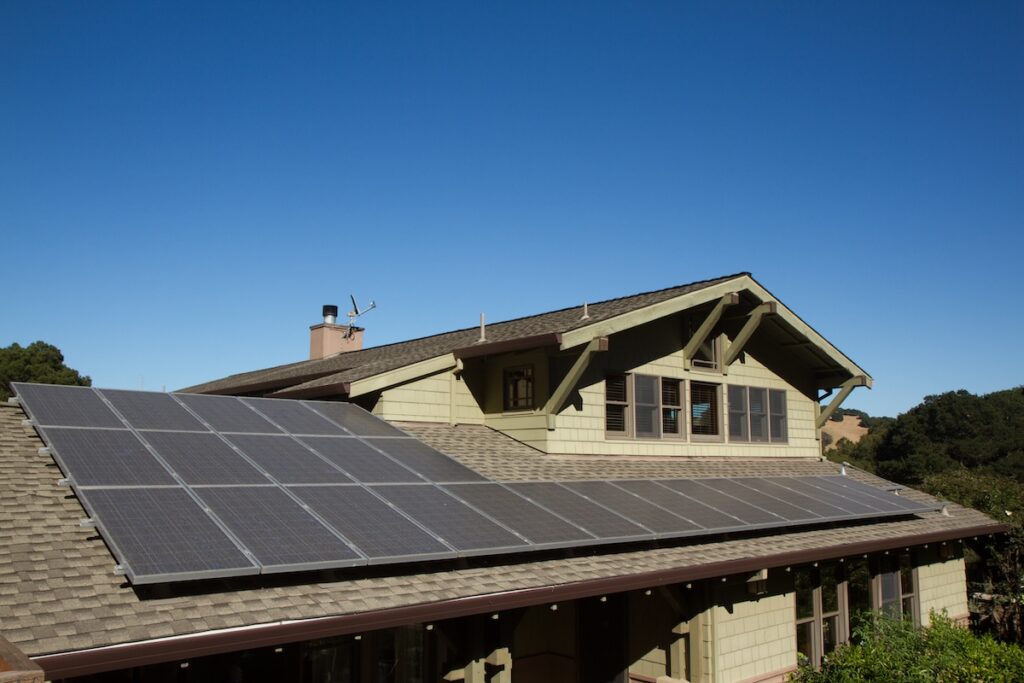
Panel count isn’t the only factor—cost and long-term value matter too. This can vary depending on the size of your home or your individual power needs.
Installation Costs
- Average system: $15,000–$25,000 before incentives
- Larger homes: $30,000+ possible, depending on size and storage add-ons
Incentives and Rebates
Federal tax credits, state programs, and utility rebates can reduce upfront costs significantly—sometimes by 30% or more.
Long-Term Savings
- Payback period: typically 6–10 years
- Lifetime savings: $20,000–$60,000 depending on location and energy rates
- Home value: Solar installations can increase resale value by 4–6%
Maintenance
Solar panels require minimal upkeep:
- Occasional cleaning to remove dirt and debris
- Annual inspections to check connections and inverters
- Batteries (if added) may need replacement every 10–15 years
🤝 Take the Next Step Toward a Custom Solar Plan
Understanding how many solar panels it takes to power a house is the first step toward energy independence. With the right system design, you’ll not only cover your energy needs but also gain long-term savings and sustainability benefits.
If you’re ready to find out what’s right for your household, contact us today to schedule a consultation with our solar experts.
Let’s Get Started
Fix Your Roof the Badger Way
Got a question? Want to learn more about your options when it comes to caring for your home exterior? Our team is standing by with the information you need to start you roof replacement project today!

